Not all my lenses are the best out there, and I have had some stinkers in the past that have come across my desk. Now in some cases, I have not reviewed these, but this time I need to get this one off my chest. Meet the Tamron 100-300mm lens; this is a budget lens in every sense. Tamron has produced some excellent optics, sometimes under their name, but quality optics are all the same. This lens is not one of them; there are a lot of issues with the build quality, optical quality, and even the features of this lens. But if you can get past some of these problems, the lens could be better, but it is alright too. It just takes patience to work with and get past the quirks.
Lens Specifications
Make: Tamron
Model: Tele-Macro AF 100-300mm 1:5-6.3
Focal Length: 100mm to 300mm
Focal Range: ∞ – 1.5m
Aperture: f/5 – f/32 (100mm), f/6.3 – f/32 (300mm), 9 Blades
Structure: 12 Elements in 9 Groups
Available In: F-Mount (AF-D), K-Mount, A-Mount, EF-Mount

Nikon D750 – Tamron AF Tele-Macro 100-300mm 1:5-6.3
Nikon D750 – Tamron AF Tele-Macro 100-300mm 1:5-6.3
Nikon D750 – Tamron AF Tele-Macro 100-300mm 1:5-6.3
Nikon D750 – Tamron AF Tele-Macro 100-300mm 1:5-6.3
Nikon D750 – Tamron AF Tele-Macro 100-300mm 1:5-6.3
Nikon D750 – Tamron AF Tele-Macro 100-300mm 1:5-6.3
Nikon D750 – Tamron AF Tele-Macro 100-300mm 1:5-6.3
Build Quality
The lens is a mix of materials, mainly a plastic outer shell with a rubberised coating. At least the mount is made from metal as it takes the most amount of wear. While unsure of the internal workings, I’m confident many internal parts are made from plastic, as the lens is light. This is both good and bad; good in the sense that the lens doesn’t add too much weight to the front of the camera and makes it easy to balance when using the camera hand-held or mounted on a tripod; it doesn’t shift the centre of gravity enough to warrant a secondary mounting point. However, the functionality of the lens is lacking; the first is mounting the lens hood; it uses a bayonet mount that, when mounting or dismounting the hood, will work the autofocus gears; best to do this with the camera set into manual focus mode; or when the lens isn’t mounted on the camera to avoid undue wear and tear. It takes standard 55mm filters, which can be put on and off without removing the lens hood. The autofocus is also relatively slow; you could manually focus this lens faster, so it is not best for fast action but for slower applications. There is an aperture ring, a nice touch but a little spongy, with no click feedback when moving stops.

Nikon D750 – Tamron AF Tele-Macro 100-300mm 1:5-6.3
Nikon D750 – Tamron AF Tele-Macro 100-300mm 1:5-6.3
Nikon D750 – Tamron AF Tele-Macro 100-300mm 1:5-6.3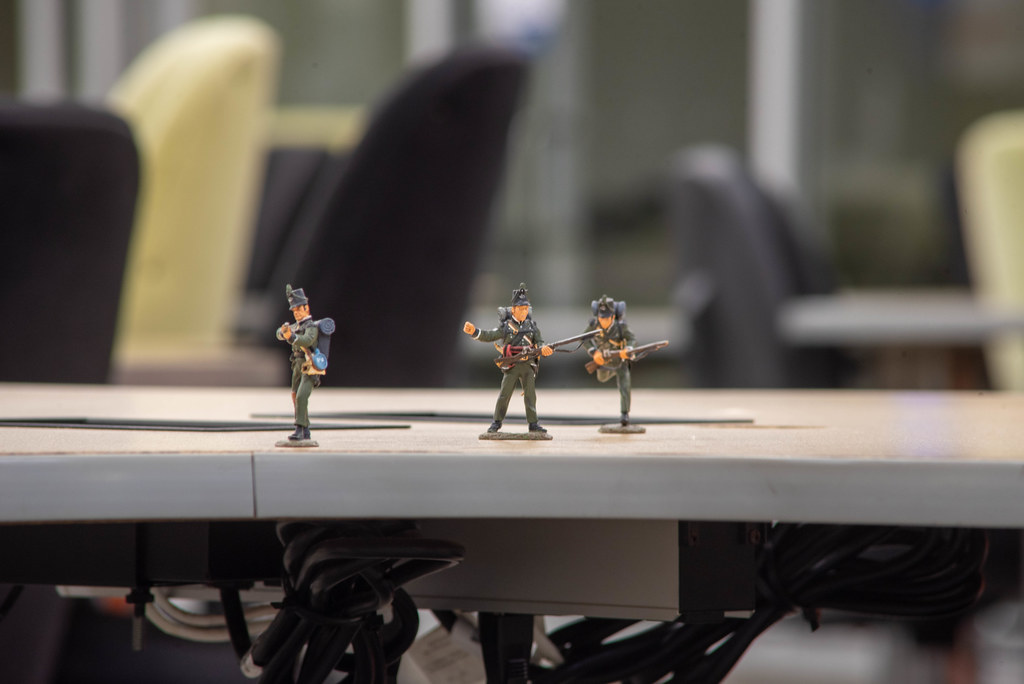
Nikon D750 – Tamron AF Tele-Macro 100-300mm 1:5-6.3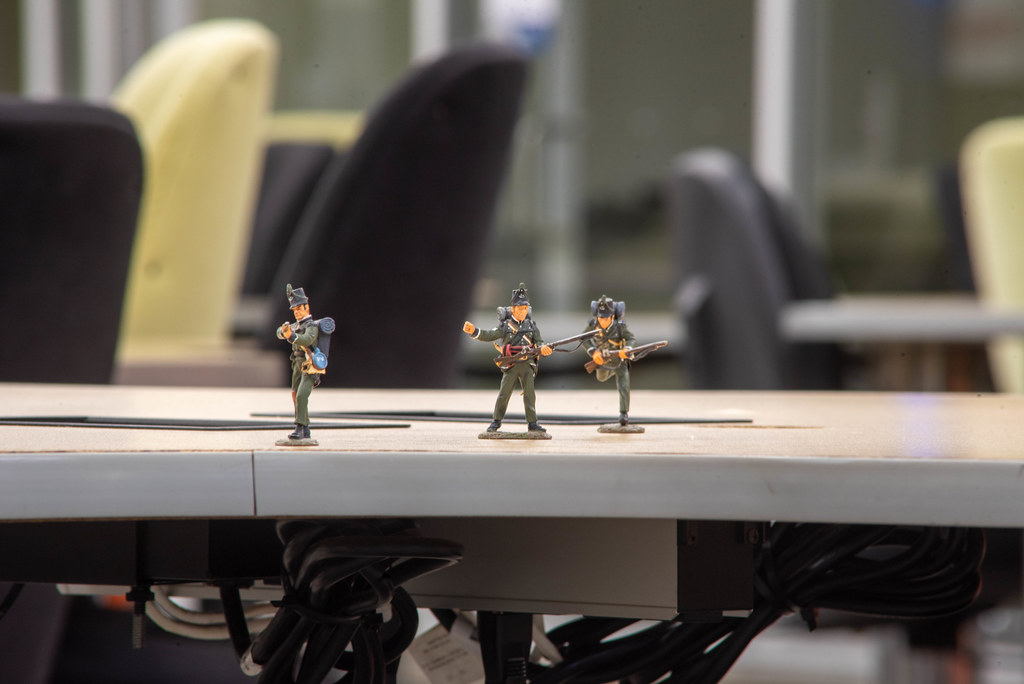
Nikon D750 – Tamron AF Tele-Macro 100-300mm 1:5-6.3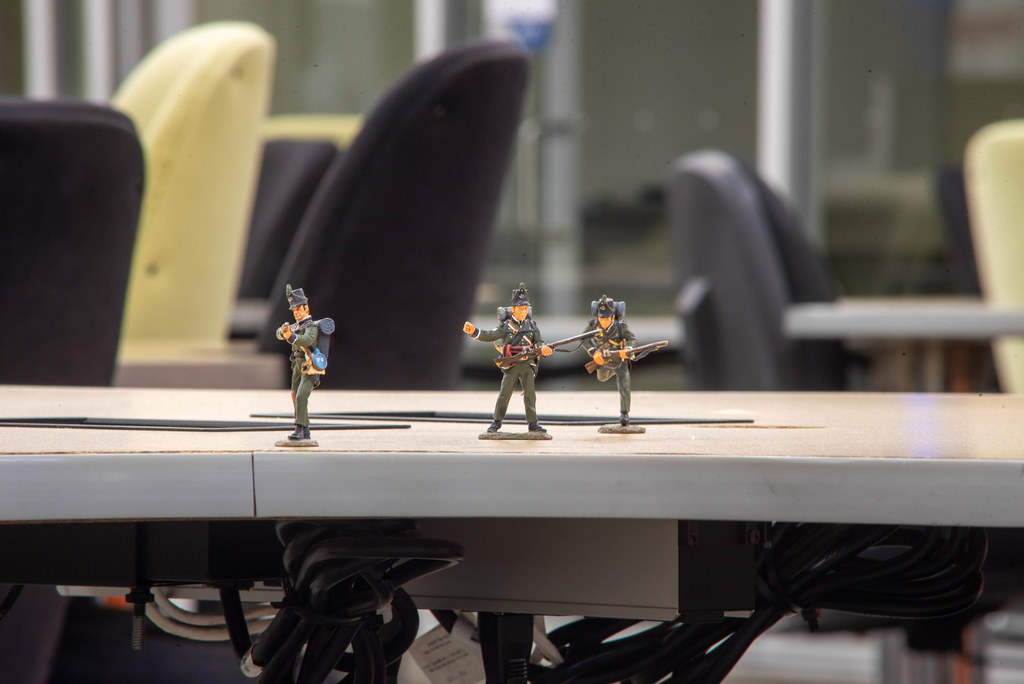
Nikon D750 – Tamron AF Tele-Macro 100-300mm 1:5-6.3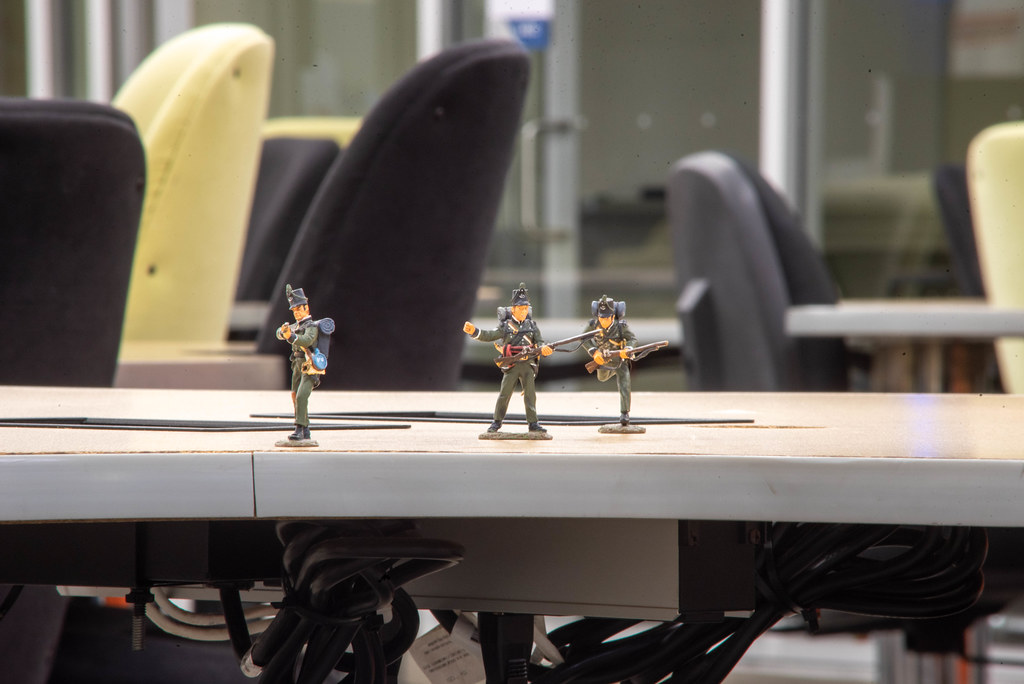
Nikon D750 – Tamron AF Tele-Macro 100-300mm 1:5-6.3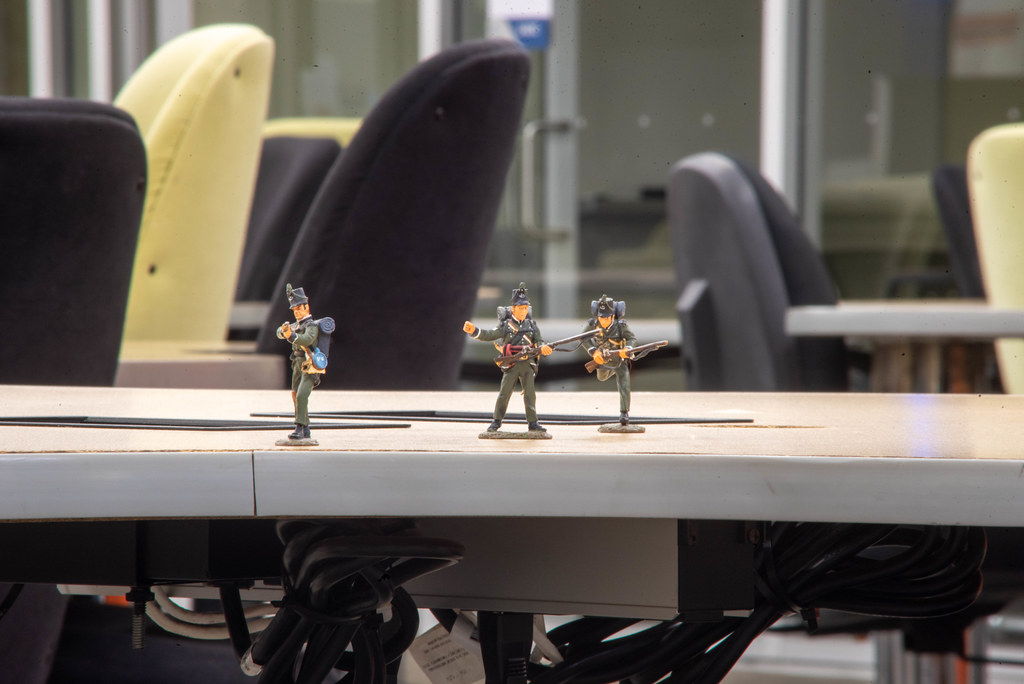
Nikon D750 – Tamron AF Tele-Macro 100-300mm 1:5-6.3
Image Quality
The online reviews of this lens’ image quality is a bit of a mixed bag from the quality being okay to be terrible. And you know that is about right for this lens, it’s a mixed bag of a lens. The first thing that I notice is distortion both at the 100mm and 300mm end, not barrel distortion this time around, but pinching. It isn’t too noticeable at 100mm but it certainly is more present at the 300mm end of the focal range. The distortion also does not go away at any point on the focal scale of the lens, it is still slightly noticeable at 200mm midway between the two ends. However, when it comes to overall sharpness, the lens does tend to fall down when shot wide open, f/5 at 100mm and f/6.3 at 300mm. This softness is not distracting at 100mm, however when you get to 300mm, even at f/6.3 there is a defined softness around the subject that is in focus. I do not recommend shooting this lens wide open if you can avoid it, the performance does start to improve at f/8 and f/11 respectively and the range between f/8 and f/22 are the sweet spot for the lens’ optical performance. As the images are the sharpest at this range. The one thing that I did notice is that there is not fall-off or vignetting at the corners. The out-of-focus rendering is smooth with nothing special, again this effect is enhanced at the 300mm mark, but no real difference in rendering between the two. Despite all these issues, the lens does not have problems with ghosting and flare too much, there is a supplied lens hood that doesn’t affect the image either and does help in bright high-contrast conditions. The overall image quality isn’t terrible, but it isn’t the best either.


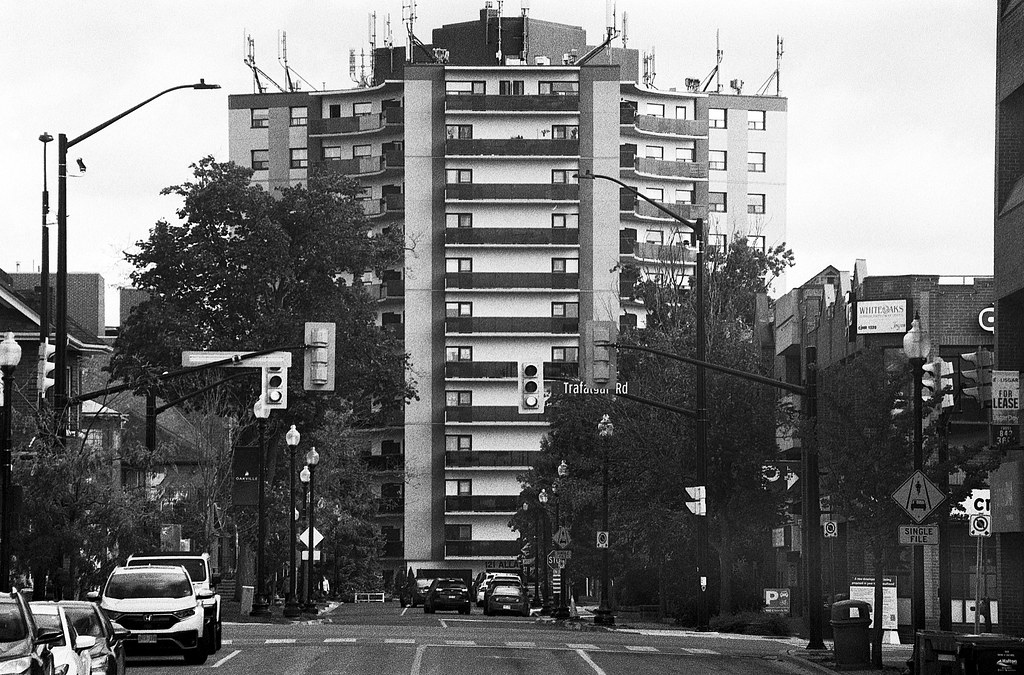


Applications
As a telephoto lens, plenty of applications exist, especially with that long 300mm focal length. The best thing to use the lens on is wildlife and nature work. Reaching out and getting shots of the animals without too much danger to yourself is a good thing. You can also use this lens for sports and other actions where you’re further away from what’s happening, but you also have to balance that out with the slower autofocus speed. I would also use this lens for historical reenactments, mainly for those within the Napoleonic era, where the action is a little slower and easily captured when you’re not allowed too close to the field. In all these cases, you do want to have enough light available to stop that lens down to that sweet f/8 spot. Despite having the word “MACRO” in the name, the Tamron 100-300mm is not a macro lens, with a minimum focal length of 1.5m there is no way that this lens can be used as a macro lens, it can get in close to the subject as a zoom lens, but it has no macro functionality. As an AF Nikkor lens, you can use this lens on any Nikon camera that supports D-Type lenses, including an in-camera focus motor. Since the lens also has an aperture ring, you can use this camera on manual focus lens bodies that support AI-S lenses. I have mainly used this lens on my D750 and F5, and in both cases, it works wonderfully. The one thing I have noticed is that on my D750, I cannot use the matrix metering mode. Instead, I switch to either spot or centre-weighted metering. Even then, it constantly is under-exposing the images. With a RAW file, it is easy to correct in post-processing, but I find myself switching the camera to manual and over-exposing the frame. The lens, however, works flawlessly with my F5, and I have yet to try the lens on my FE2.




The Low Down
The Tamron 100-300mm is a lens that tries too hard. It is a budget lens that tries to hit above its weight class and sometimes lands a punch, but is a bit unsteady afterwards. It’s not the best lens, but I don’t think it is as terrible as many people say. But it is also not as good as other people say. This is the lens that you get when you want to try out being a wildlife photographer to see if the genre is right for you and you don’t want to spend too much money. I keep it around because it gives me a bit more of a reach that I cannot get with my 70-200mm, but it’s also one that doesn’t get taken out too often. Don’t spend too much money on this lens, most go for around 30-80 dollars, some are more expensive but don’t spend more than 100 dollars on this lens. And also make sure that you get the one that is right for your camera, Tamron produced this lens in multiple mounts so double check before you buy. If you’re seriously into nature, sports, and action photography give this one a pass and spend the money on something far faster and better.
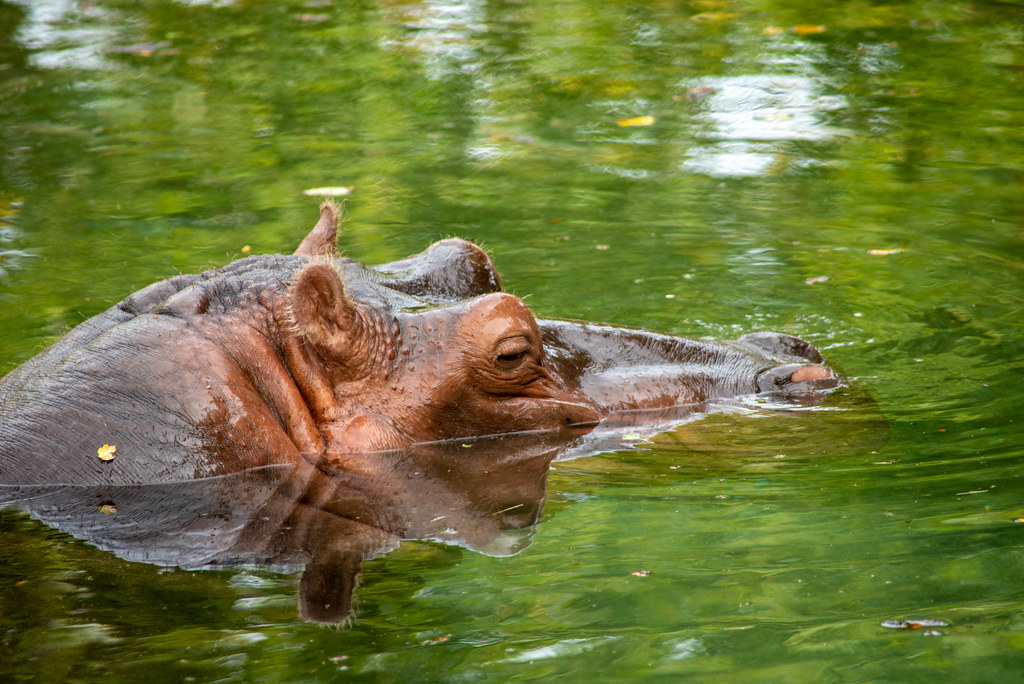

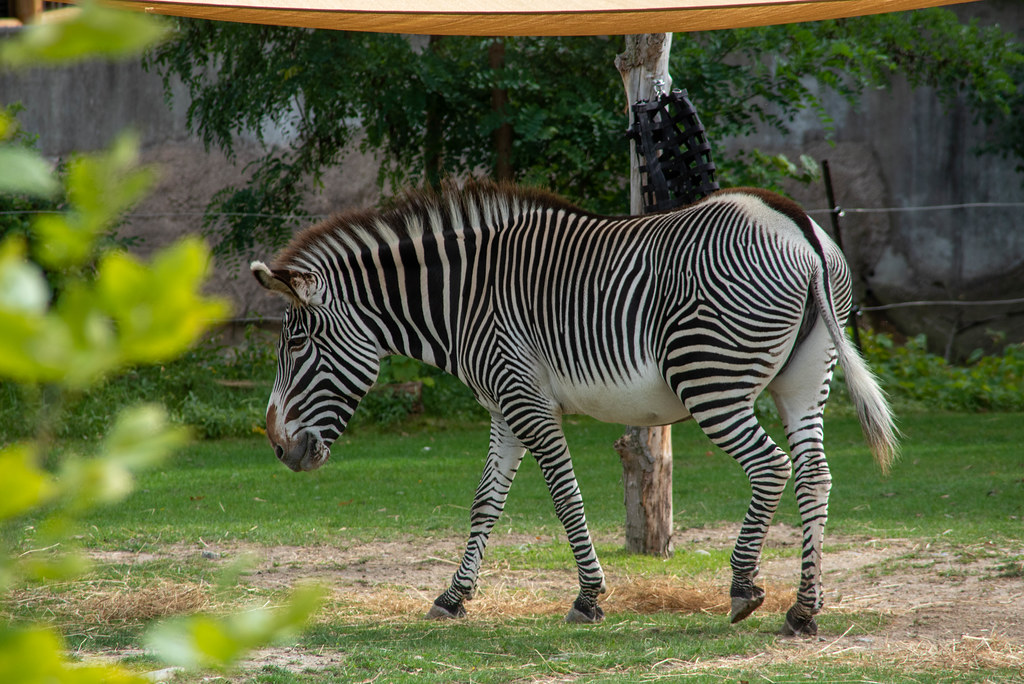


Further Reading
Don’t just take my view on the Tamron 100-300/5-6.3, check out these other reviews.
Dyxum – Tamron AF 100-300 f5-6.3 Reviews
